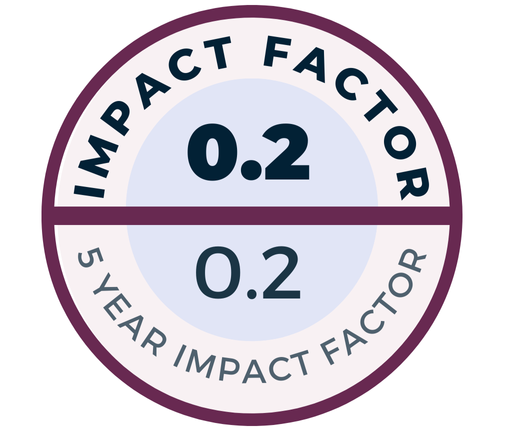Background: This study aimed to establish average laryngeal measurements in the Turkish pediatric population and measure the narrowest portion of the pediatric airway.
Methods: The laryngeal measurements of 88 pediatric patients between the ages 0 and 17 were retrospectively obtained from neck computed tomography scans performed between January 2018 and May 2021. Subjects were divided into 6 age groups. Four following measurements were made: cricoid anteroposterior, cricoid transverse, subglottic anteroposterior, and subglottic transverse. Cross-sectional areas were calculated using these dimensions. Subglottic cross-sectional area/cricoid crosssectional area ratio for each subject was calculated and patients were divided into 2 groups: group 1, subjects with ratio < 1; group 2, subjects with ratio ≥ 1.
Results: Mean age was 8.97 ± 5.7. Mean anteroposterior diameters at subglottis and cricoid ring levels were 13.74 ± 4.45 mm and 13.26 ± 4.39 mm; mean transverse diameters were 7.88 ± 2.62 mm and 9.06 ± 3.12 mm, respectively. The subglottic anteroposterior diameter was greater than cricoid (P < .001), but the transverse diameter was smaller than cricoid (P < .001). Subglottic cross-sectional area was 93.24 ± 59.20 mm2 and cricoid
cross-sectional area was 103.61 ± 69.15 mm2. Subglottic cross-sectional area/cricoid cross-sectional area ratio was smaller than 1 in 69 subjects (group 1; mean = 0.85) and equal to or greater than 1 in 19 subjects (group 2; mean = 1.33).
Conclusion: The narrowest portion of the airway was subglottis immediately below the vocal cords, in contrast to the common belief as to the cricoid ring. Subglottic cross-sectional area/cricoid cross-sectional area ratios showed that the pediatric airway was larger at cricoid (69 subjects, 78.4%), and this ratio does not differ based on age.
Cite this article as: Ünsaler S, Gökler O, Aygün SM, et al. Pediatric laryngeal measurements based on computed tomography images. ENT Updates. 2022;12(2):91-96.

.jpeg)
